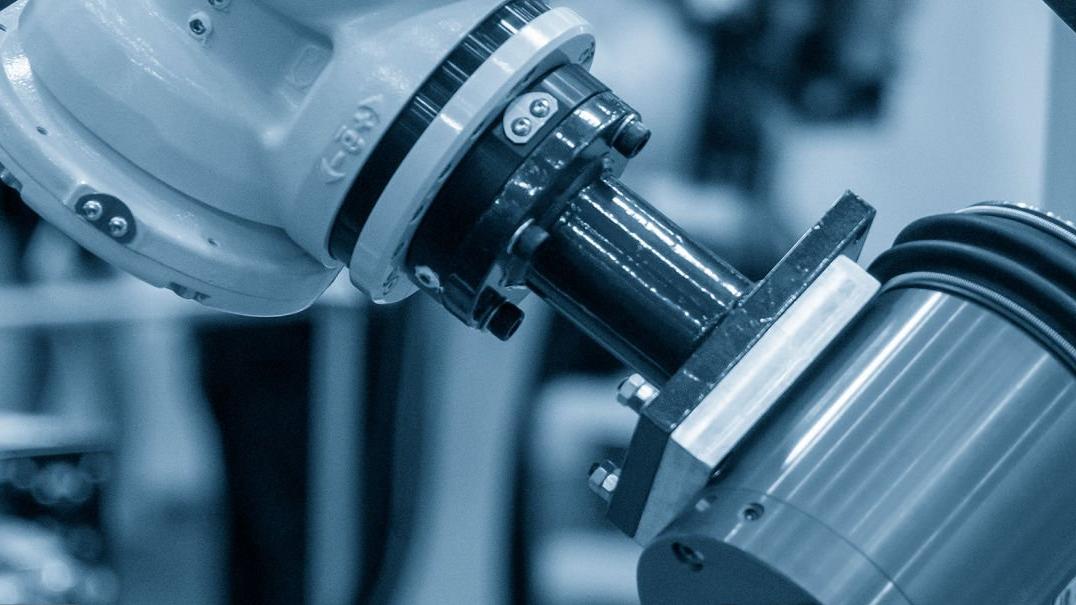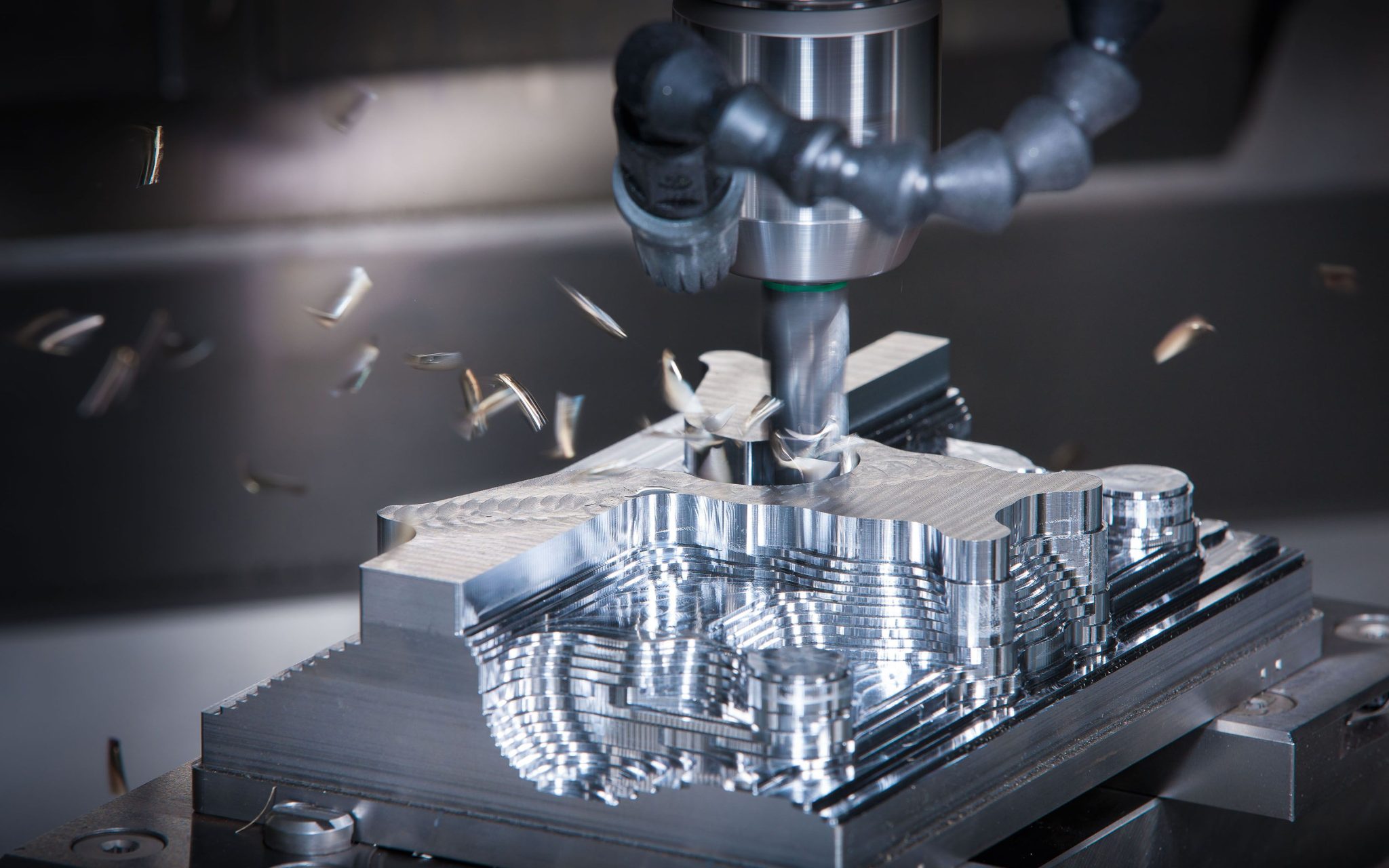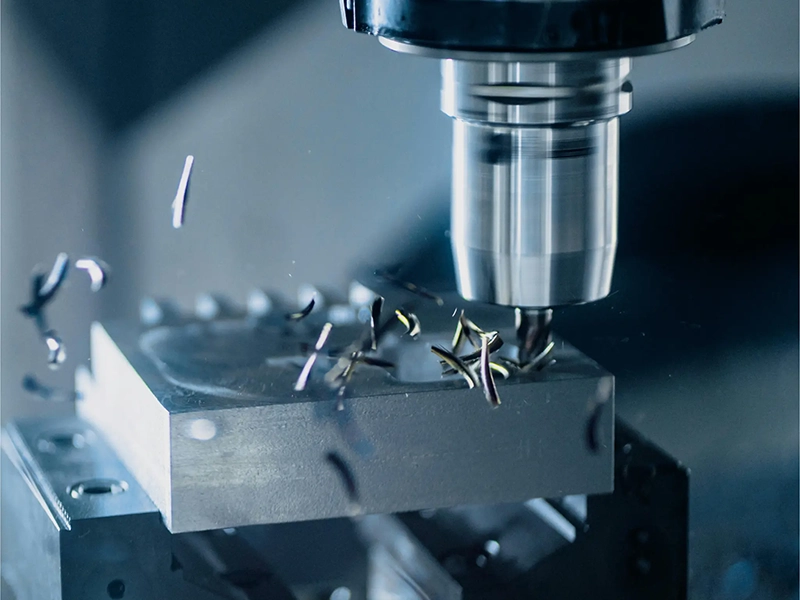Electrical Discharge Machining (EDM) is a critical technology in precision manufacturing, enabling the production of intricate and highly detailed parts. In a world where the need for complex shapes, precise measurements, and hard materials is growing, EDM is a vital tool for many industries. EDM helps manufacturers achieve high precision in their CNC parts and prototypes. This is true for aerospace, automotive, electronics, and medical applications.
In this guide, we will explore the basics of EDM. We will look at its types, uses, and benefits.
We will also see how it compares to traditional manufacturing methods. And how EDM fits into CNC machining services. This makes it an important technology in modern manufacturing.
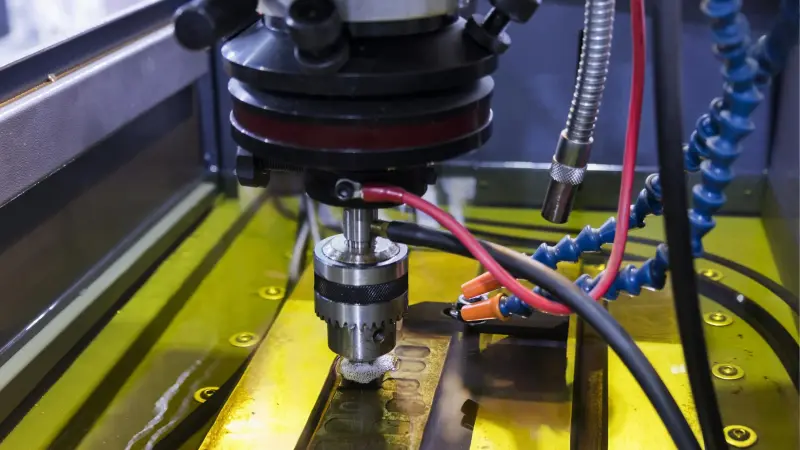
Introduction
Manufacturing processes have evolved dramatically over the last few decades. Technologies like Computer Numerical Control (CNC) machining have revolutionized the fabrication of components, making production faster, more accurate, and cost-efficient.
Among these innovations, EDM holds a special place. As industries need more complex shapes, smaller tolerances, and better materials, EDM provides a unique solution. This solution is something that regular CNC machining methods, like CNC milling and turning, cannot match.
EDM works by using electrical discharges to erode material, creating precise and intricate shapes in hard or delicate materials. Understanding EDM and its place in the modern manufacturing world is crucial for anyone involved in CNC machining services.
What is EDM?
Electrical Discharge Machining, or EDM, is a special machining process. It uses quick, controlled electrical discharges to remove material from a workpiece.
These discharges happen between a tool electrode and the workpiece. Both are submerged in a dielectric fluid, like kerosene or deionized water. The discharge creates a strong spark that melts or vaporizes the material. This allows for precise cutting or shaping without using mechanical force.
The main advantage of EDM is that it can work with materials that are difficult or impossible to machine using conventional methods. Hard materials like strong alloys and carbide are easy to machine. This makes EDM great for creating complex parts in aerospace, automotive, and medical fields.
How Does EDM Work?
The working principle behind EDM is relatively straightforward but relies on precise electrical and thermal control. Here’s a step-by-step breakdown of the process:
1. Electrode and Workpiece Setup:
The tool electrode, typically made of copper or graphite, is shaped according to the desired contour of the part. Connect this electrode to one of the poles of a pulsed power supply, while you connect the workpiece to the other.
2. Dielectric Fluid:
Both the tool and the workpiece are submerged in dielectric fluid, which is usually kerosene or a special EDM fluid. This fluid has several purposes. It acts as an electrical insulator until the discharge happens. It also helps cool the workpiece and electrode. Additionally, it flushes away debris created during machining.
3. Spark Generation:
As a voltage is applied, the gap between the electrode and the workpiece initially forms an insulating layer. When the voltage reaches a critical level, the insulating layer breaks down, creating an electrical spark. This spark wears away the material from the workpiece in a small area. It creates heat that can reach several thousand degrees Celsius.
4. Material Removal:
The rapid heating causes the material to melt and even vaporize. The flowing dielectric fluid then washes away the molten material, leaving behind a small crater or hole. The machine repeats the process in a series of pulses, gradually shaping the workpiece to the desired dimensions.
5. CNC Control:
EDM machines are typically controlled by CNC programming, allowing for high precision and intricate geometries. The CNC system controls the movement of the electrode. This ensures that we make even complex shapes accurately.
Different Types of EDM
Several types of EDM exist, each designed to handle specific tasks and offer unique advantages:
· Wire EDM (WEDM):
This type of EDM uses a thin wire as the electrode to cut through the material. It is commonly used for cutting intricate shapes, such as gears, dies, and even parts for aerospace applications. WEDM is particularly useful for making parts with tight tolerances and fine details.
· Sinker EDM (Ram EDM):
Sinker EDM uses a solid electrode that is shaped like the part to be created. This type is ideal for making cavities or molds and is often used in tool and die making. It can create parts with deep cavities and complex shapes.
· Hole Drilling EDM:
As the name suggests, this type of EDM is used to create precise holes in materials. Especially helpful for tasks where regular drilling is hard or not possible. This includes making small holes in strong alloys used in aerospace and medical fields.
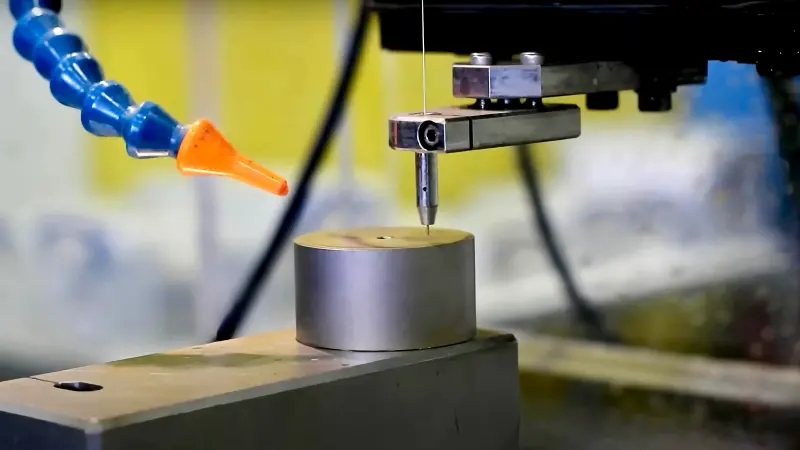
Applications of EDM
EDM is used in a wide range of industries and applications. Its ability to machine tough materials and create intricate parts makes it invaluable for:
· Mold and Tool Manufacturing:
In the mold-making industry, EDM plays a critical role in creating complex molds used for injection molding, die casting, and other manufacturing processes. These molds often require precise shapes and fine details that are difficult to achieve with conventional machining techniques.
· Aerospace and Automotive:
Aerospace components require materials with exceptional mechanical properties, such as high strength and heat resistance. EDM allows manufacturers to machine these materials without compromising their integrity. Engineers also use it to make parts with complex shapes, like turbine blades. These are common in the aerospace and automotive industries.
· Medical Devices:
The medical industry requires extremely high precision, especially for components like implants, surgical instruments, and diagnostic equipment. EDM helps make these parts with precise measurements and smooth surfaces. This is important for the safety and function of medical devices.
· Electronics:
In electronics manufacturing, EDM is often used to create small, complex components with high precision. For example, manufacturers use it to produce molds for microchips, connectors, and other critical components in electronics assembly.
Advantages of EDM
EDM offers several significant advantages, particularly when compared to traditional machining methods:
· Ability to Machine Hard Materials:
EDM can machine materials that are difficult to machine with traditional methods, such as hardened steels, tungsten carbide, and titanium alloys.
· High Precision:
EDM allows for the production of parts with extremely tight tolerances, often as small as ±0.001 mm. This precision is critical for applications in aerospace, medical devices, and electronics.

· Complex Shapes:
EDM can produce parts with intricate geometries and complex features that are often impossible to achieve with traditional CNC machining methods like CNC milling.
· No Mechanical Stress:
Unlike conventional machining, which relies on cutting forces, EDM does not exert mechanical stress on the workpiece, making it ideal for delicate or thin-walled parts that could otherwise be deformed.
Limitations of EDM
While EDM offers numerous benefits, there are some limitations to consider:
· Slower Processing Speed:
EDM is generally slower than traditional machining methods, especially when removing large amounts of material. This can lead to higher production times for larger parts.
· Electrode Wear:
The electrode used in EDM can wear down over time, requiring periodic replacement or re-shaping, which can add to the operational cost.
· High Setup Costs:
EDM machines require careful setup and calibration, and the cost of the equipment can be high, making it less cost-effective for low-volume production runs.
· Material Restrictions:
EDM is limited to conductive materials. Non-conductive materials, such as plastics and ceramics, cannot be machined using EDM.
EDM vs Traditional Machining Methods
When comparing EDM to traditional CNC machining methods such as CNC milling and turning, there are several key differences:
· Material Compatibility:
Traditional machining methods are limited by the material’s hardness, while EDM can handle much harder materials, such as carbide and hardened steel.
· Machining Accuracy:
EDM excels at creating intricate details and complex geometries that would be difficult or impossible with traditional CNC milling or turning.
· Surface Finish:
EDM generally provides a smoother surface finish compared to traditional machining methods, which often require additional post-processing like polishing or grinding.
Future of EDM Technology
EDM technology is continuously evolving, with innovations that improve its capabilities and reduce its limitations. Advancements in CNC programming, electrode materials, and dielectric fluids are making EDM faster, more efficient, and more precise. Also, using automation and artificial intelligence (AI) is making EDM operations faster and more accurate. This is helping EDM play a bigger role in modern manufacturing.
As industries keep improving precision, EDM will stay an important technology for CNC machining services. It provides solutions for complex manufacturing problems.
Conclusion
EDM is a vital technology in modern manufacturing, allowing industries to produce high-precision, complex parts from hard materials. EDM helps manufacturers create detailed molds, aerospace parts, medical devices, and microelectronics. It gives them the tools to meet the tough demands of today’s competitive markets.
Even with its limits, EDM’s benefits in precision, complexity, and material handling make it essential in CNC machining. As technology advances, EDM will continue to push the boundaries of what’s possible in precision manufacturing.
By learning what EDM is and how it works, you can see its importance. It helps create high-quality, precise CNC parts and products for many industries.


